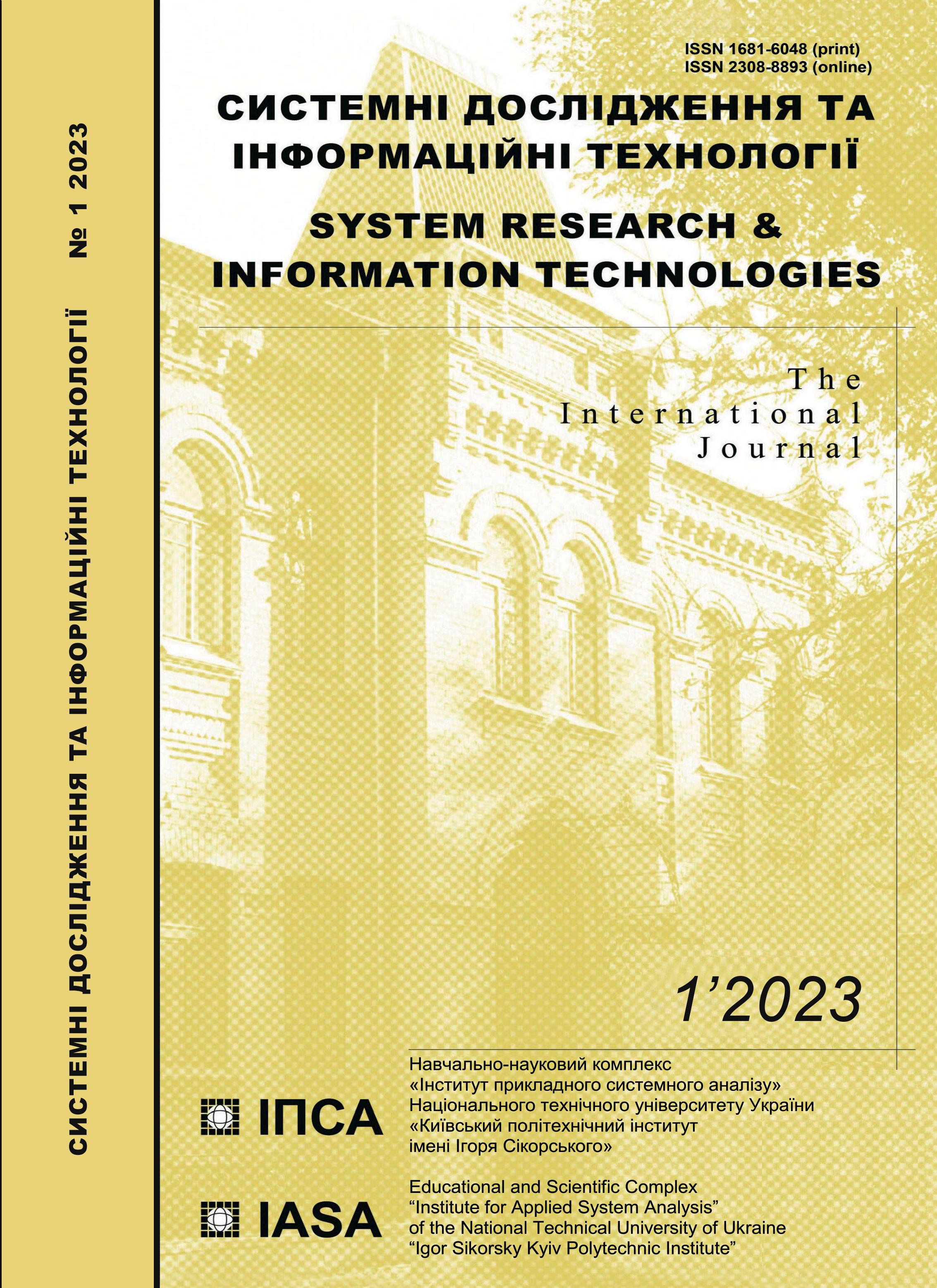Approach to positional logic algebra
DOI:
https://doi.org/10.20535/SRIT.2308-8893.2023.1.11Keywords:
boolean functions, positional logic algebra, positional operators, equivalent transformations, logic circuits, FPGAAbstract
The method of Boolean function representation in terms of positional logic algebra in compact operator form is offered. Compared with the known method, it uses position operators with a complexity of no more than two and only one type of equivalent transformations. The method is less labor intensive. It allows parallelizing logic calculations. The corresponding way of Boolean function implementation is developed. It competes with some known ways in terms of hardware complexity, resource intensity, and speed when implemented on an FPGA basis. Possibilities open up for creating effective automating means of representing Boolean functions from a large number of variables, synthesizing the corresponding LCs, and improving modern element bases.
References
M. Telpiz, Algebra of positional operators and equivalent transformations. M.: Scientific advice on a complex problem, 1988.
C.M. Hamann and L. Chtcherbanski, “Positional Logic Algebra — PLA – A Fascinating Alternative Approach,”ICSI Technical Report TR-97-039, Sep. 1997.
M.I. Telpiz, “Sigma-notation and the equivalence of p and np classes,”J. Inf. Organ. Sci., vol. 29, no. 2, Mar. 2012.
T. Jiang and K. Wang, “A generalized Hardy-Ramanujan formula for the number of restricted integer partitions,”Journal of Number Theory, vol. 201, pp. 322–353, Aug. 2019. Accessed on: Feb. 6, 2023. [Online]. Available: https://doi.org/10.1016/j.jnt.2019.02.006
D. Harris and S. Harris, Digital Design and Computer Architecture: ARM Edition. Morgan Kaufmann, 2015.
A.N. Borodzhieva, I.I. Stoev, and V.A. Mutkov, “FPGA Implementation of Boolean Functions Using Multiplexers,” in 2019 IEEE XXVIII International Scientific Conference Electronics (ET), Sozopol, Bulgaria, Sep. 12–14, 2019. Accessed on: Feb. 6, 2023. [Online]. Available: https://doi.org/10.1109/et.2019.8878504
A.N. Borodzhieva, I.I. Stoev, I.D. Tsvetkova, S.L. Zaharieva, and V.A. Mutkov, “FPGA Design of Boolean Functions Using a Cascade of Decoders and Logic Gates,” in 2020 43rd International Convention on Information, Communication and Electronic Technology (MIPRO), Opatija, Croatia, Sep. 28–Oct. 2, 2020, IEEE, 2020. Accessed on: Feb. 6, 2023. [Online]. Available: https://doi.org/10.23919/mipro48935.2020.9245448
A.A. M. Bsoul, S.J.E. Wilton, K.H. Tsoi, and W. Luk, “An FPGA Architecture and CAD Flow Supporting Dynamically Controlled Power Gating,”IEEE Transactions on Very Large-Scale Integration (VLSI) Systems, vol. 24, no. 1, pp. 178–191, Jan. 2016. Accessed on: Feb. 6, 2023. [Online]. Available: https://doi.org/10.1109/tvlsi.2015.2393914
C. Ashok Kumar, B.K. Madhavi, and K.L. Kishore, “Enhanced Clock Gating Technique for Power Optimization in SRAM and Sequential Circuit,”Journal of Automation, Mobile Robotics and Intelligent Systems, pp. 32–38, Jan. 2022. Accessed on: Feb. 6, 2023. [Online]. Available: https://doi.org/10.14313/jamris/2-2021/11

